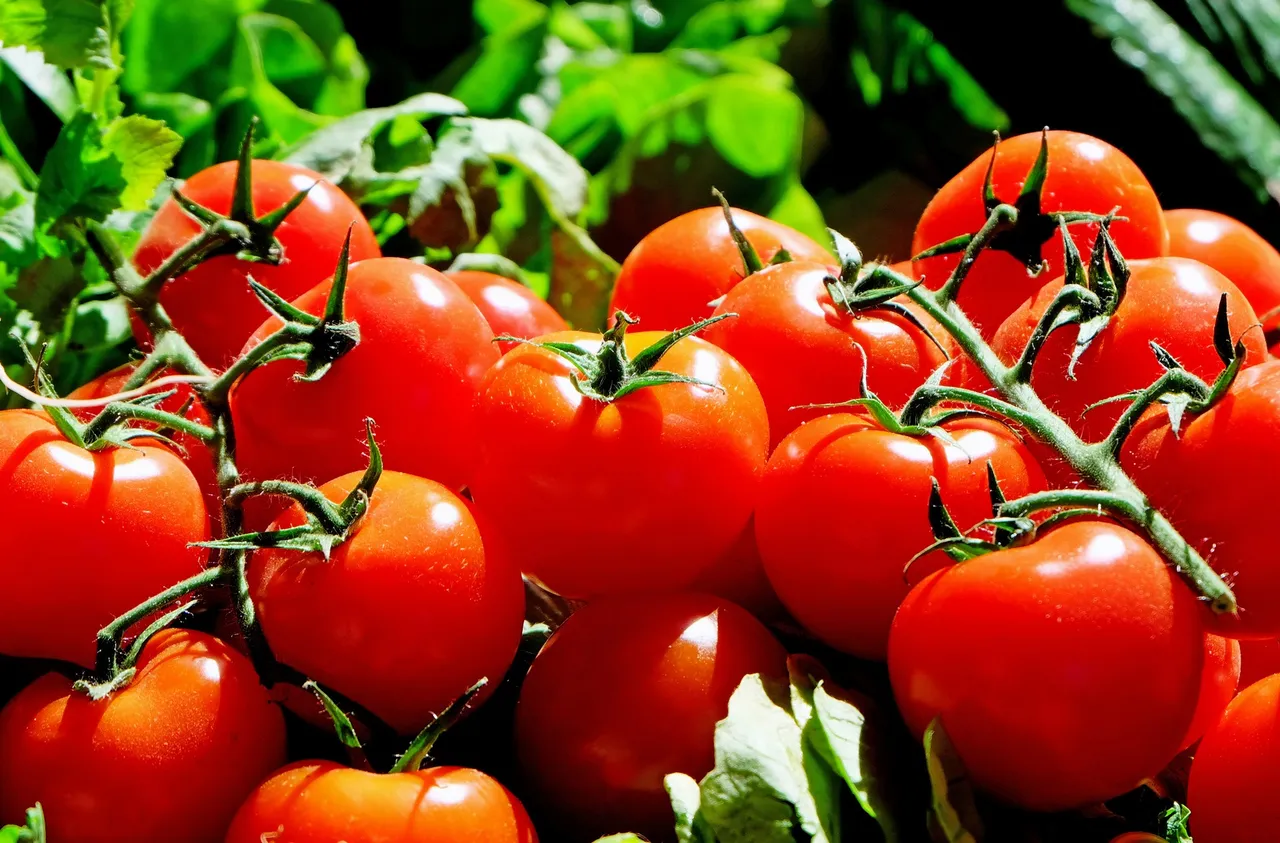Growing systems that full of technology are more and more often used here on Earth. But one day they will be key for all vegetable and fruit production in space. So far only a handful of fruits and vegetable are capable of handling the limited space of vertical gardens but now the tomatoes is one of them.

- Be also sure to check out my other posts and follow me @kralizec and subscribe to my Youtube channel at Kralizec Gaming Youtube Channel
Tasteless Powder or Tasty Produce?
It is obvious that if humans want to spend a prolonged period of time in deep space – including the Moon – one of the priorities will be food. At first, they will carry a healthy supply of food but over time the supplies will run out. And because space missions that are purely supply runs are very expensive we will need a way to produce food on the stop.
Many people who would like to live in space would probably change their minds if they thought about what food will be available. The most effective way to sustain them would likely be a bio-reactor filled with light or electricity and carbon. The grown biomass turned to powder is amazing when it comes to its nutritional properties. But when it comes to taste… not so much.
This is where space farms come into play. Technically these will be close-loop production devices where the conditions will be controlled by automated systems and the light will be artificial. Such industrial devices already exist on Earth. And while the technological progress is pretty obvious the choice of usable fruit and vegetables is much less obvious.
And while Earthbound farmers are trying to survive economically space farmers will be just fighting for their bare lives. Yet, both groups need produce that doesn't need a lot of space, with a high yield and as short harvest periods as possible. But now, thanks to a team from the Cold Spring Harbor Laboratory (CSHL) lead by Zachary Lippman the tomato will be added to the list.
60 % More Tomatoes
Lippman and his team are constantly producing great discoveries. Especially when it comes to tomatoes and vegetables. They specialize in the florigen genes. These genes regulate the flowering period. In the hands of molecular biologists, they are almost magical. For example, the combination of the normal and mutagenic allele for the Single Flower Truss (SFT) gene increases the yield by 60 %. This almost miraculous gene variant was discovered when crossbreeding the common tomato with a library of five-thousand mutant tomatoes and testing the hybrids. Among the mostly low-yield and disfigured plants, they found their golden nugget.
It is just logical that the gen that induces flowering affects the amount of fruit. But with the correct gene modifications, you can also increase the sugar production. So even though the plant produces more fruit it doesn't affect their quality – they remain sweet. This was discovered back in 2010 but florigen genes haven't said their last word.
"TinyTomatoes"
Another discovery came thanks to experiments with the wild tomato from the Galapagos. Compared to domesticated tomatoes the longer day significantly delays flowering. This is the effect of the “anti-florigen” gene SP5G. The scientists used this knowledge and genetically modified cherry tomatoes using CRISPR. With that, they got a fully suppressed light-reaction. Such plants flower earlier and produce fully grown fruit two weeks earlier. This not only increases yield but the enhanced tomato can also be grown in more northern areas of the world.
The peak of modifying the tomato came when they added a modification of an SP gene and a SIER gene modification. The SP gene represses flowering and the SIER gene controls the length of the stem. The goal of the triple modification was to get a smaller plant with a dense branching of the stems to be better adapted for hydroponic growing.
The shortening of the length of the stem is amazing. The shrub of the tomato with its red berries looks more like a rowan-berries. But under the conditions of hydroponic farming, these tiny tomatoes will yield more than regular tomatoes.
This new “tinytomato” would certainly become a hit for many balconies. Sadly, many people are still afraid of any genetically modified fruit and vegetables. So it is more likely that we will see them on the other side of the Solar system than in our shops.
Sources:
- If you like the content I’m producing about science maybe you will like the content I produce about gaming as well! Be sure to check out my other posts!